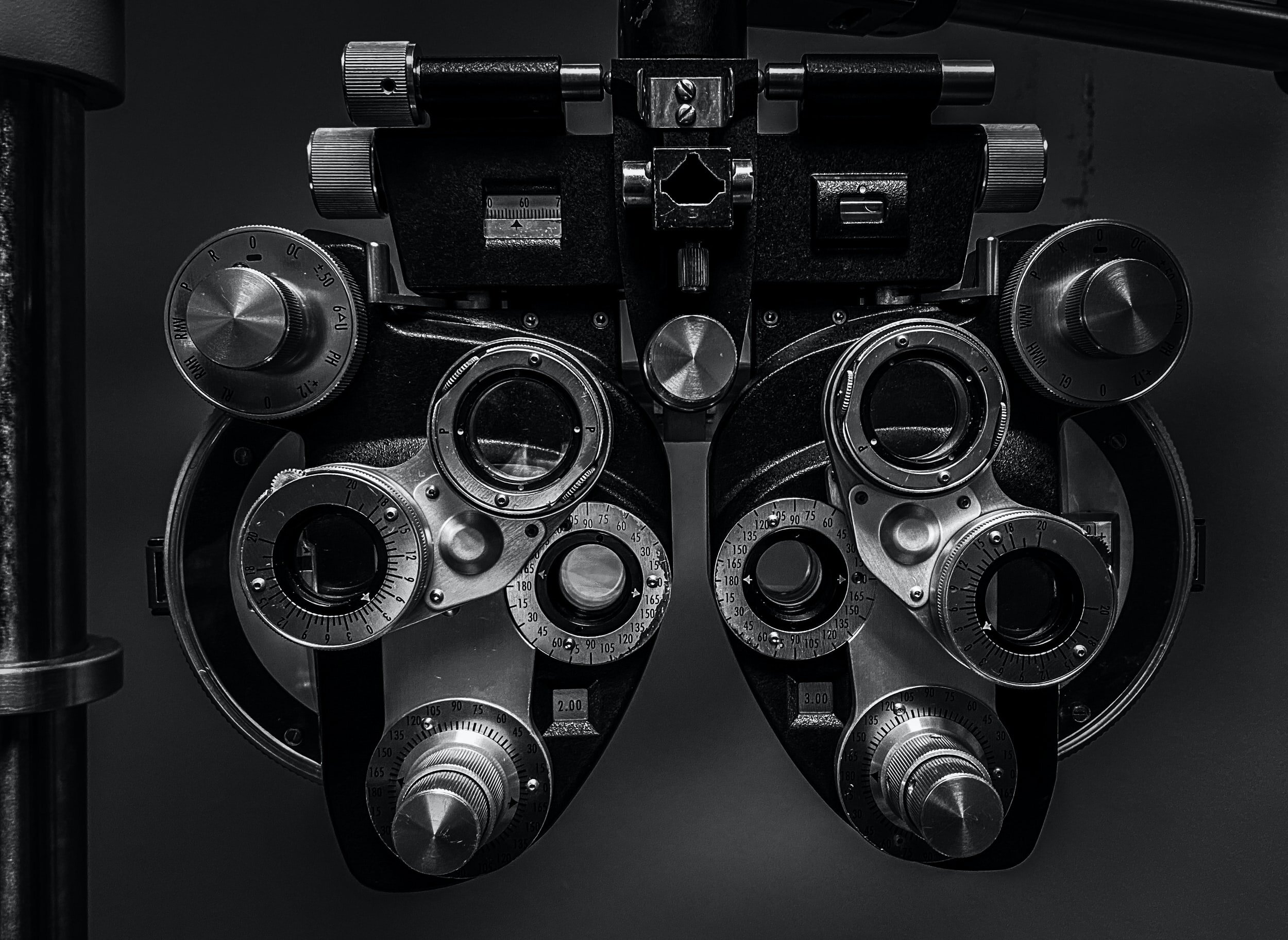Laser Vision Correction in Denver, CO
Understanding Laser Vision Correction
When it comes to laser vision correction (LVC) surgery, it’s important to know what your options are. An LVC procedure is usually performed to correct one of three vision problems: myopia (nearsightedness), hyperopia (farsightedness), and astigmatism. In nearsightedness, laser surgery is used to flatten the cornea. In farsightedness, laser surgery is used to steepen the cornea. If you have astigmatism, then your cornea has both areas that need to be steepened and flattened. LVC surgeries include PRK, LASIK.
Photorefractive Keratectomy (PRK)
PRK involves the use of an excimer laser to shave the corneal surface, changing its shape and thereby correcting myopia, hyperopia, or astigmatism. It is very accurate and the success rate is extremely high. This is especially true for patients with low to moderate levels of myopia (nearsightedness). Some patients experience discomfort or pain for a day or two after PRK, but this can be controlled with medication. Good vision is usually achieved between one and three weeks.
Laser In-Situ Keratomileusis (LASIK)
(LASIK) also utilizes an excimer laser to flatten or steepen the cornea. However, with LASIK the flattening is accomplished within the cornea (not on the corneal surface.) In order to do this, Dr. Pennington first creates a corneal flap, lifts the flap, and applies laser treatment to the inner layers of the cornea. The flap is then replaced in its previous location and recovery of vision is usually very rapid and painless. The recovery of vision after LASIK is truly remarkable. The vast majority of patients whom we have treated have been able to see so clearly that they could drive without glasses and return to normal activities, including work, in less than 24 hours. In fact, most of our patients achieve 20/20 vision, or so close to it that they cannot tell the difference, within a few days after LASIK.
Interested in a free laser vision correction consultation?
Before Laser Vision Correction
One of the most important factors in obtaining an excellent result from laser vision correction is the accurate measurement of your prescription before laser treatment. Since the lens within the eye has the ability to change its shape and therefore focus light to a different extent from moment to moment, it is not always possible to accurately measure the eyeglass prescription required by a patient unless this focusing mechanism is inactivated. This is readily accomplished by the administration of a special eye drop that simultaneously dilates the pupil and paralyzes the focusing muscle of the lens. With the lens unable to change its focus, an accurate refraction can be achieved.
We need to determine the size of the pupil. Using a telescopic lens system, the diameter of the pupil can be accurately measured. Once we know the size, we can accurately predict who is most at risk to develop glare after LVC and thereby make the best decision as to whether or not the procedure should be performed.
The corneal curvature must also be determined. This is because there are limits to the steepening that can be safely induced to correct farsightedness. Similarly, the corneal thickness must be determined in order to be certain that it will be adequate for laser surgery of the cornea.
Interested in other options?



